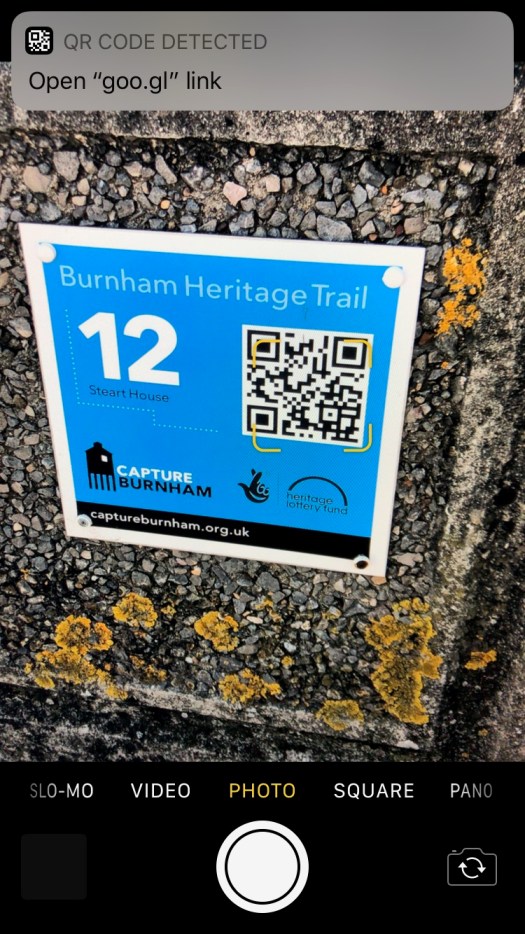This is another one of those mainstream uses of QR Codes that really fails to deliver for the consumer.
Regular readers of the blog will know that I have been noting where I have seen QR Codes in the mainstream, in other words in the places regular people will see and use them.
This particular QR Code was found on a flyer from Homebase which was delivered through the door with the post.

As you can see, there are instructions telling you that you need to scan it in with your smartphone.
The first issue is that have you seen the size of that QR Code? I have enlarged the picture so if you want to scan it in yourself you will be able to.

The problem is that the URL they are using is too big and the resulting QR Code is as a result very complicated.
http://www.homebase.co.uk/webapp/wcs/stores/servlet/HomebaseStaticPage
SecondLevel?langId=110&storeId=10151&includeName=HBCreate
TheLook/createthelook_collections.html&int_cmp=hp_main_beinspired

They should have used a shorter URL so that the QR Code was less complicated. I know from experience that some phones, notably the iPhone 3G and 3GS with low resolution cameras have trouble reading and resolving very complicated QR Codes. Using a short URL would have resulted in a less complicated QR Code and so less potential errors when reading and resolving them when using a phone with a low resolution camera. I should say though that the iPhone 4 with the Optiscan App read and resolved the code just fine.
So once you have read the code where does the it take you?
Well to the standard Homebase website.

This is not a mobile version of the site, no, just the full standard version, which to be honest doesn’t really work on the small screen on a phone.
I did check by opening the page in Safari to see if there was a mobile version, no there was not.

So does this use of a QR Code work?
Well the code does what it says, it takes you to the full range on their website, however the QR Code is too complicated for what it needs to do and the website really should be optimised for a mobile device.





























